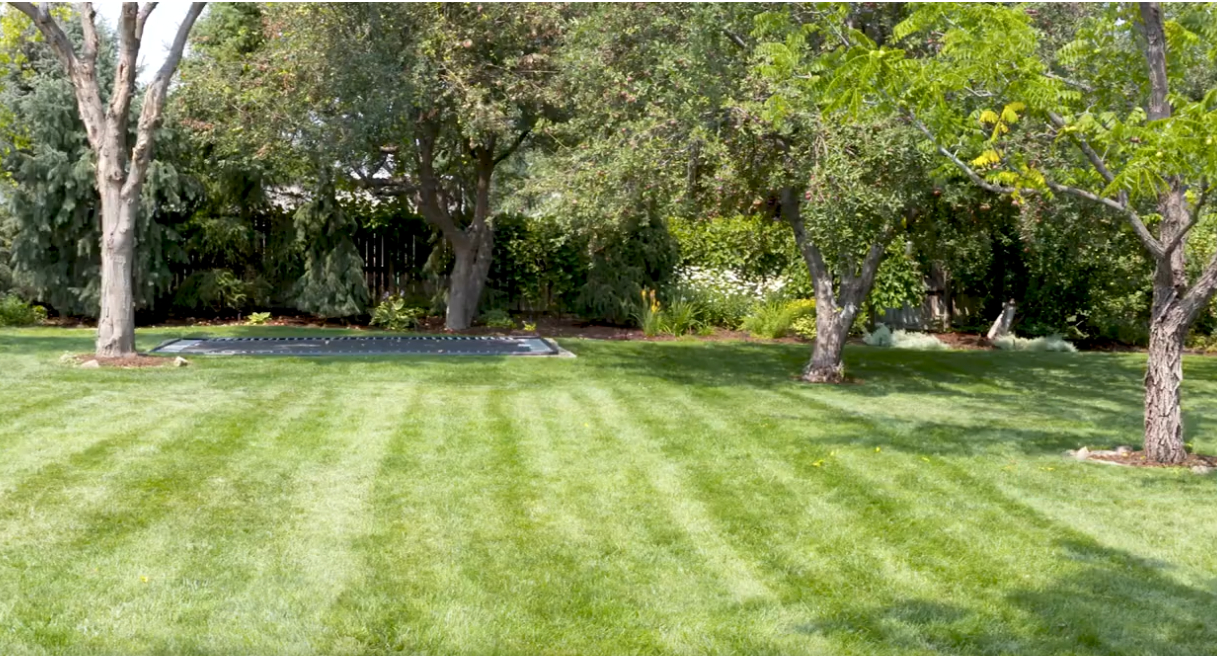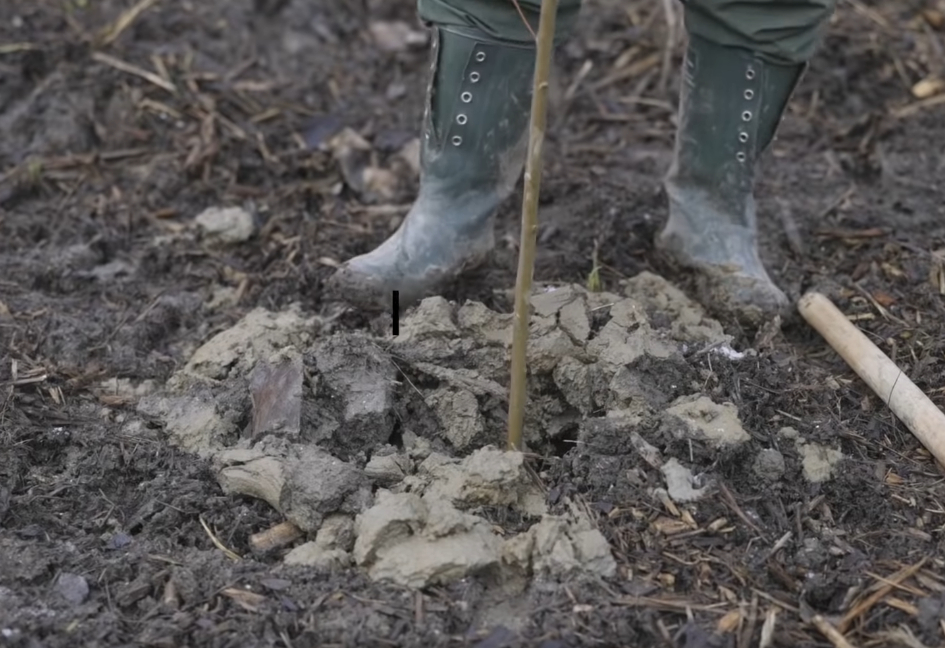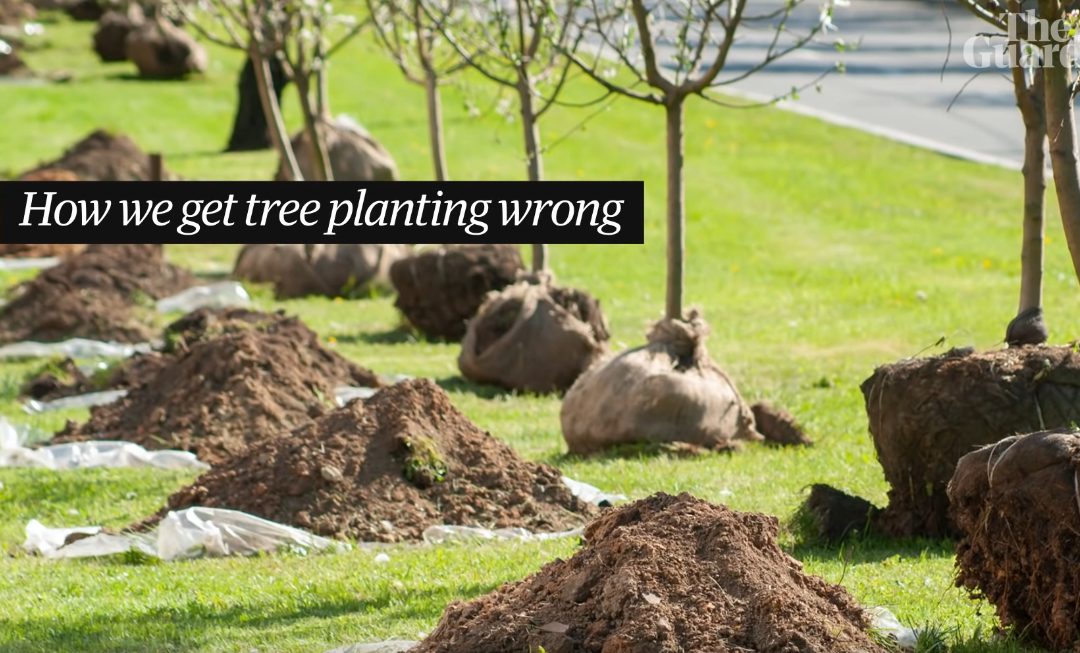Proper tree care is essential for the health and longevity of trees. Trees provide numerous benefits to homeowners, such as increasing property value, providing shade and cooling, and improving air quality. However, many homeowners make mistakes when it comes to taking care of their trees, which can lead to problems such as stunted growth, disease, or even death. In this blog post, we will discuss five common tree care mistakes that homeowners make and how to avoid them. By understanding and addressing these mistakes, homeowners can ensure that their trees remain healthy and thrive in their environment.

Mistake #1: Planting a tree in the wrong location
One common tree care mistake that homeowners make is planting a tree in the wrong location. Trees have specific requirements in terms of sun, water, and soil type in order to thrive. For example, some trees need full sun, while others prefer partial shade. Similarly, different trees have different water needs, and planting a tree in an area with poor drainage or not enough access to water can lead to problems. It’s also important to consider the type of soil that a tree needs. If the soil is too alkaline or too acidic, it can cause problems for the tree.
Planting a tree in the wrong location can lead to a variety of problems, such as stunted growth, disease, or even death. For example, a tree that doesn’t get enough sun may not grow as tall or as full as it should. Similarly, a tree that doesn’t have access to enough water may become drought-stressed and susceptible to pests and diseases. It’s important to do research and choose a tree that is well-suited to the conditions in your yard, in order to avoid these issues.
Mistake #2: Pruning incorrectly
Proper pruning is an important aspect of tree care, as it helps to remove dead or damaged branches and shape the tree’s canopy. Removing dead or damaged branches can help to prevent pests and diseases from spreading, and shaping the canopy can improve the tree’s overall appearance and structure.
However, it’s important to prune trees correctly to avoid causing harm. Two common pruning mistakes are topping and lion’s tailing. Topping involves cutting off the top of the tree, which can create a flat-topped appearance. This technique can cause harm to the tree because it removes the tree’s natural growth pattern and can lead to weak, unstable branches. Lion’s tailing is another improper pruning technique that involves removing all of the smaller branches from the tree’s canopy, leaving only the larger ones. This can give the tree a lopsided appearance and can also weaken the tree’s structure.
It’s important to avoid these improper pruning techniques and instead use proper pruning methods, such as thinning or crown cleaning, to maintain the health and appearance of your trees. It’s also recommended to consult a certified arborist if you are unsure of how to properly prune your trees.
Mistake #3: Not providing enough water
Providing enough water is essential for the health and growth of trees. Trees need a consistent supply of water to stay hydrated and support their growth and development. Without enough water, trees can become drought-stressed, which can weaken their immune systems and make them more susceptible to pests and diseases.
There are several consequences of not providing enough water to trees. One consequence is drought stress, which can occur when trees do not have access to enough water. Drought stress can cause trees to become weak and more susceptible to pests and diseases. It can also cause trees to lose their leaves prematurely and stop growing. In severe cases, drought stress can even lead to tree death.
Another consequence of not providing enough water to trees is a weakened immune system. Trees rely on water to support their immune systems and help them fight off pests and diseases. Without enough water, their immune systems may not function properly, which can make them more vulnerable to attacks from pests and diseases.
It’s important to provide trees with a consistent supply of water, especially during times of drought or heat waves. This can help to ensure that they remain healthy and continue to grow properly. It’s also a good idea to consult a certified arborist or follow the watering guidelines provided by your local extension office to determine the appropriate amount of water for your trees.

Mistake #4: Not mulching correctly
Mulching is an important aspect of tree care, as it helps to improve soil structure and moisture retention. Mulch is a layer of material, such as wood chips or bark, that is applied around the base of a tree. It helps to suppress weeds, regulate soil temperature, and protect the tree’s roots from extreme weather conditions.
However, it’s important to apply mulch correctly in order to avoid causing problems. Applying too much mulch can lead to issues such as root rot, as it can retain too much moisture and cause the tree’s roots to become waterlogged. It’s important to apply mulch in a thin layer, typically 2-4 inches, and to keep it at least 6 inches away from the tree’s trunk.
Placing mulch too close to the tree’s trunk can also lead to problems, such as pest infestations. Pests, such as rodents and insects, can use the mulch as a hiding place and may burrow into the mulch and cause damage to the tree’s roots. It’s important to keep the mulch away from the tree’s trunk to help prevent these issues.
Overall, it’s important to apply mulch correctly in order to reap its benefits and avoid causing problems for your trees. If you are unsure of how to properly mulch your trees, it’s a good idea to consult a certified arborist for guidance.
Mistake #5: Ignoring pests and diseases
Ignoring pests and diseases is a common tree care mistake that homeowners make. Trees can be susceptible to a variety of pests and diseases, which can cause serious damage if left untreated. Pests, such as insects and rodents, can weaken trees and make them more susceptible to diseases. Diseases, such as fungal infections and viral diseases, can also cause serious damage to trees if left unchecked.
It’s important to regularly inspect your trees for signs of pests and diseases. Some common signs to look for include:
- Yellowing or wilting leaves
- Missing or damaged bark
- Presence of holes or burrows
- Excessively wet or dry soil
- Presence of insects or other pests
If you notice any of these signs, it’s important to take action to address the issue. This may involve removing and disposing of infected plant material, applying pesticides or other control measures, or consulting a certified arborist for guidance. Ignoring pests and diseases can allow them to spread and cause serious damage to your trees, so it’s important to take action as soon as possible.
Overall, it’s important to regularly inspect your trees for pests and diseases and take action to address any issues that are found. By doing so, you can help to ensure the health and longevity of your trees.
In conclusion, there are several common tree care mistakes that homeowners make, including planting a tree in the wrong location, pruning incorrectly, not providing enough water, not mulching correctly, and ignoring pests and diseases. These mistakes can lead to problems such as stunted growth, disease, or even death for trees.
It’s important for homeowners to be proactive in taking care of their trees in order to avoid these mistakes and ensure the health and longevity of their trees. This may involve doing research to choose the right tree for your yard, pruning trees correctly, providing a consistent supply of water, applying mulch correctly, and regularly inspecting trees for pests and diseases. By following these guidelines, homeowners can help to ensure that their trees remain healthy and thrive in their environment.
References:
Common Tree Trimming Mistakes Homeowners Make
The 6 Biggest Mistakes Homeowners Make When Trimming Their Own Trees
Five Common Tree And Shrub Care Mistakes

